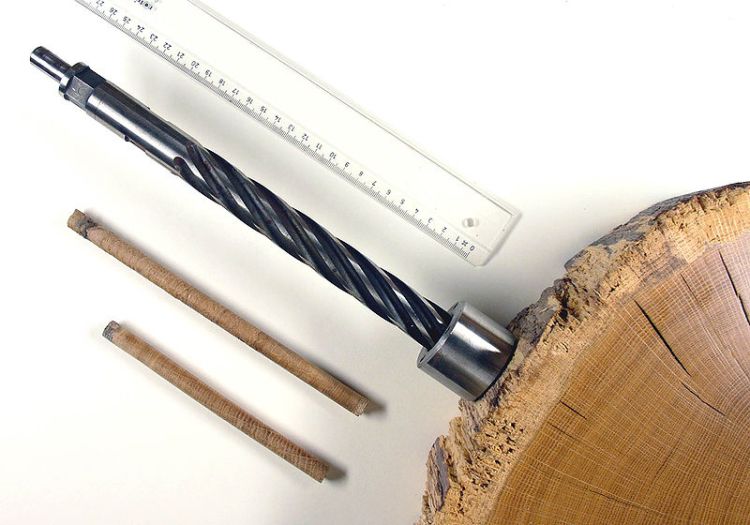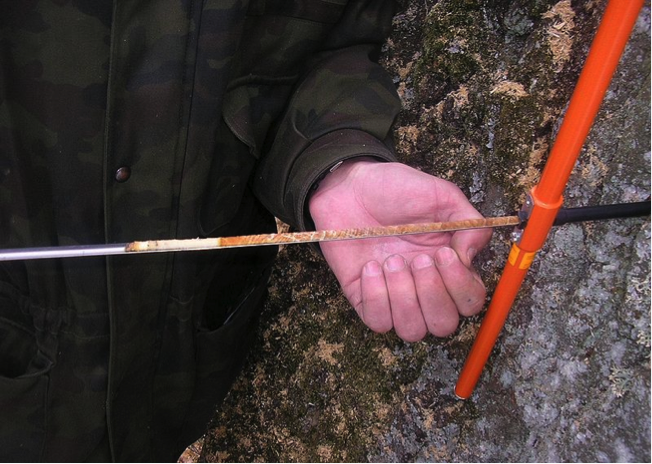By Audrey Cross

A tree corer used to drill into a trunk, and two tree cores. Rings are counted from these cores and used to date events or reconstruct climate change. Wikimedia Commons.
In dendrochronology, most analyses rely on a number of underlying assumptions. For wood that was used by humans, a tree might have been used immediately after it died, and it could be found at a site nearby where the tree had lived. However, humans could obtain wood in different ways; it could be found, as with driftwood; recycled, as with beams in houses; or transported, as with boats.
The study of driftwood proposes an interesting twist to dendrochronological analysis because the amount of time that wood can spend in transport can vary greatly. Continue reading
